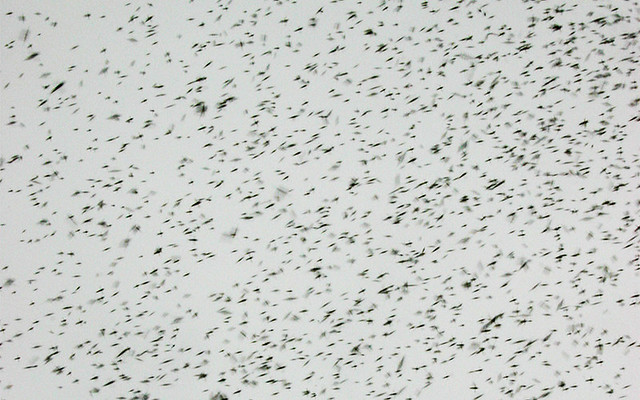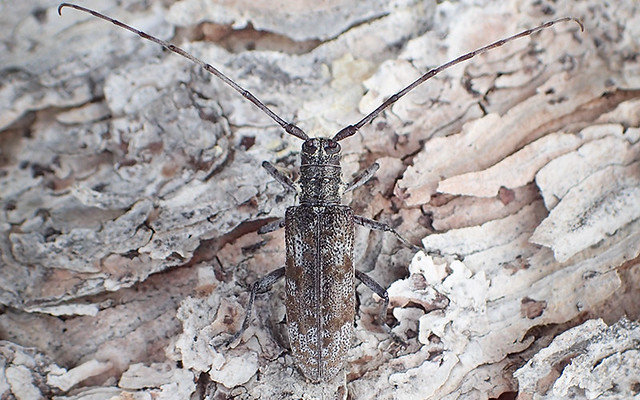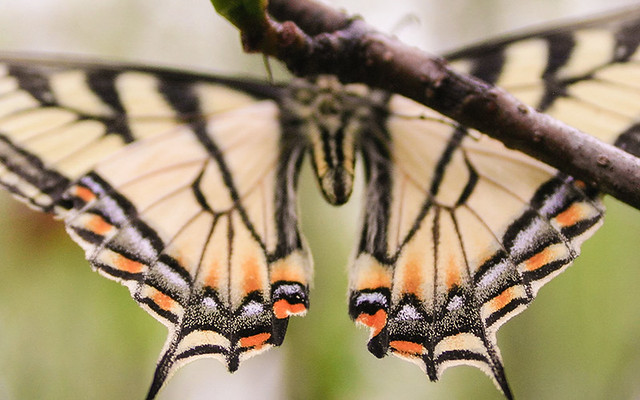Cards
(QUICK LINKS: Decks | plants | mammals | birds | | reptiles | fish | cephalopoda | insects | microbe | events
( scientist | project | modifier | technique |)

Mosquitoes
Culex, Anopheles, & Aedes spp.


2 POINTS
Play: Can eat mammals. Has a MOVE of 2
Fact The clouds of mosquitoees in the boreal forest are due to the abundance of wetlands, which mosquitoes require for breeding.

Dragonfly Species
Odonata spp.


3 POINTS
Play: This dragonfly has a MOVE of 2.
Fact: As the apex preadators of the insect world, you can watch dragonflies catch mosquitoes in flight (hopefully around your head).

Longhorn Beetle
Monochamus scutellatus


4 POINTS
Fact: This beetle is found in postfire areas because its larvae eat dead wood, which in turn helps return nutrients to the soil.

Canadian Swallowtail
Papilio canadensis


4 POINTS
Fact: Swallowtails are often seen in groups at mud puddles-these are males “puddling” to collect salts necessary for reproduction.

Bolete Species
Leccinum spp.


4 POINTS
Play: Only on trembling aspen or paper birch.
Fact: Boletes rely on the roots of specific trees species for food. There are aspen boletes and birch boletes in the boreal forest.

Reindeer Lichen
Cladina stellaris


3 POINTS
Play: Only on jack pine, black spruce, or sphagnum moss.
Fact: Reindeer lichen grows only 3-5 mm per year and can take decades to grow back after disturbance.